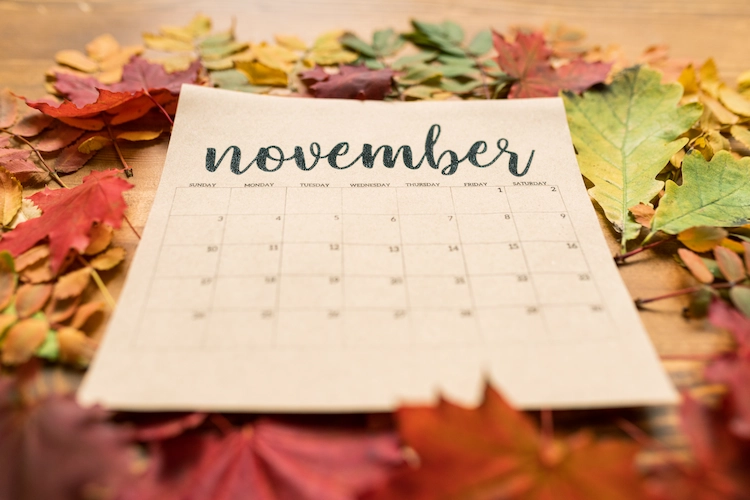John Rutledge was one of the first Associate Justices of the U.S. Supreme Court. He went on to become the Court’s second Chief Justice, but held the position for less than five months. Rutledge became Chief Justice via a recess appointment made by President George Washington; however, the Senate refused to confirm his appointment.
Early history
John Rutledge was born on September 17, 1739, in Charleston, South Carolina. After studying law at London’s Middle Temple, he returned to South Carolina to begin his legal career. He quickly became one of Charleston’s most successful lawyers. On May 1, 1763, Rutledge married Elizabeth Grimké. They went on to have 10 children.
Career
Rutledge held a number of public offices prior to serving on the Supreme Court. He was a delegate to the Stamp Act Congress, as well as the Continental Congress. He became Governor of South Carolina in 1779, a position he held during the American Revolution. Rutledge later served as a delegate to the Constitutional Convention, where he argued in favor of protecting slavery and chaired the Committee of Detail, which produced the initial draft of the U.S. Constitution. Rutledge subsequently led the effort to ratify the Constitution in the South Carolina.
Chief Justice
On September 24, 1789, George Washington nominated Rutledge to serve as one of the five associate justices on the newly established United States Supreme Court. While the Senate quickly confirmed him, he never heard a case. Rutledge resigned on March 5, 1791 to become Chief Justice of the South Carolina Court of Common Pleas and Sessions.
Following the resignation of Chief Justice John Jay, President Washington appointed Rutledge to serve as the U.S. Supreme Court’s Chief Justice. Because the Senate would not reconvene until December, Washington made a recess appointment so that Rutledge could serve as Chief Justice during the upcoming August Session.
The Supreme Court decided two cases while Rutledge was chief justice. In United States v. Peters, the Court held that federal district courts had no jurisdiction over crimes committed against U.S. citizens in international waters. In Talbot v. Janson, the Court held that a U.S. citizen didn’t waive all claims to U.S. citizenship by either renouncing citizenship of an individual state or by becoming a citizen of another country.
On July 16, 1795, Rutledge made a controversial speech criticizing the Jay Treaty with Great Britain. His opposition did not sit well with the Washington Administration or Congress. The Senate ultimately rejected his appointment as Chief Justice by a vote of 14–10, making it the first time that the Senate had failed to confirm a Supreme Court nomination. Rutledge’s tenure as Chief Justice spanned only 138 and remains the shortest in U.S. history.
Later life
Rutledge’s failed Supreme Court confirmation took a significant toll. After a failed suicide attempt, he retreated from public life. Rutledge died on June 21, 1800.









